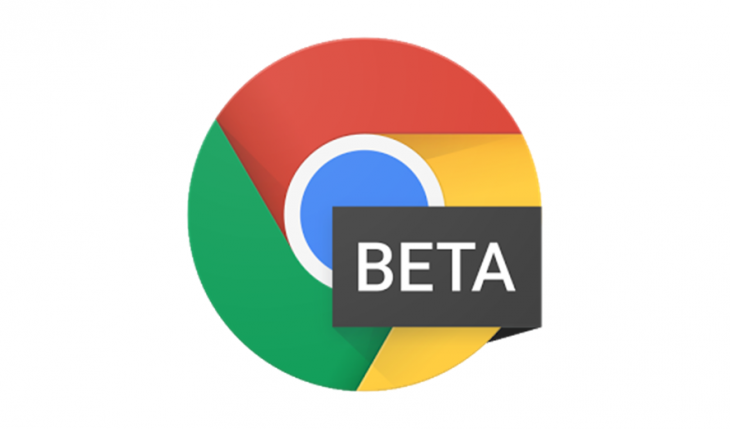
Chrome 64 comes out next month, and in the usual flow of all things Chrome, that means that we’ve got a beta a month ahead to try it out. The headline feature? Built-in blocking of redirecting ads, enabled by default, to make your browsing experience more enjoyable. Of course there’s other stuff too, including a white navigation bar for Android 8.1, and smaller changes behind the scenes.
The ad-blocking is the headline of the story though. Since November, we’ve been waiting for this functionality to come to more users. From Chrome 64, the default behaviour will be to block redirects from third-party frames, and this means ads. Because Google’s AdSense is prone to infiltration by dodgy advertisers, many sites using the service (including ours) suffered from redirects to fake notices (e.g. fake virus alerts).
Tab-under navigations are blocked too. These occur when a page opens a pop-up and then the original page redirects to another page, typically an ad. In either case, Chrome will show a small notification to the user to allow them to visit the redirected page if that is, in fact, the desired outcome.
Other features in the new build of Chrome 64 include:
- White navigation bar, which is becoming all the rage in Android 8.1
- The Media Capabilities API, which allows sites to determine what media codecs and formats your browser works with, is now supported in Chrome.
- Sites can now determine if you have Data Saver enabled with the new saveData JavaScript boolean. This is expected to be enabled by default in Chrome 65.
- Chrome now shows native notifications on Linux, similar to notifications on macOS.
- The ResizeObserver API is now supported.
- JavaScript alerts can no longer change the tab you are viewing.
- Chrome now supports HDR video playback on Windows 10 (as long as Windows is in HDR mode).
- Autoplay behavior is now identical across desktop and mobile. See this post for the original announcement back in August.
If you want Chrome Beta but haven’t got it yet, or can’t access it via the Play Store, you can grab the signed APK from Android Police’ APK Mirror.




